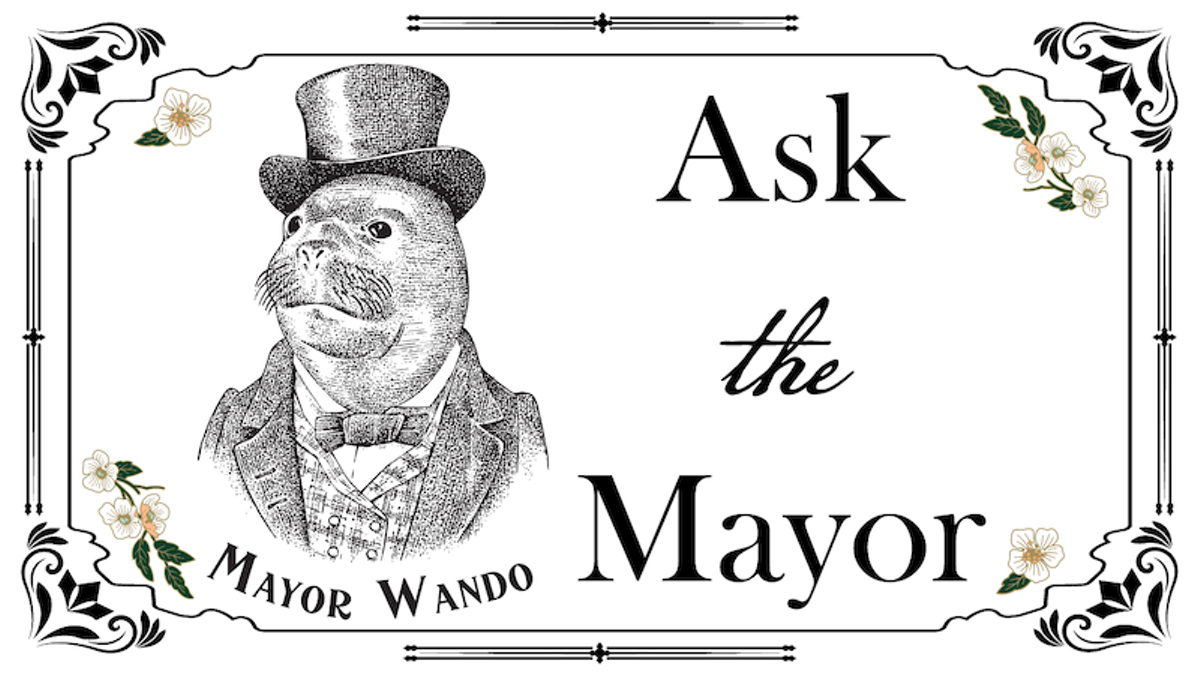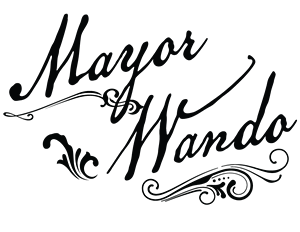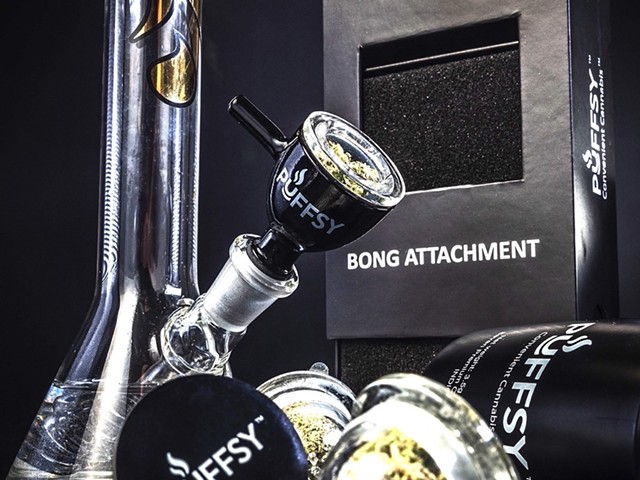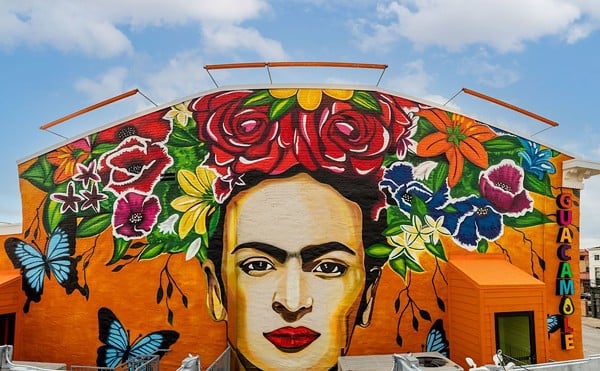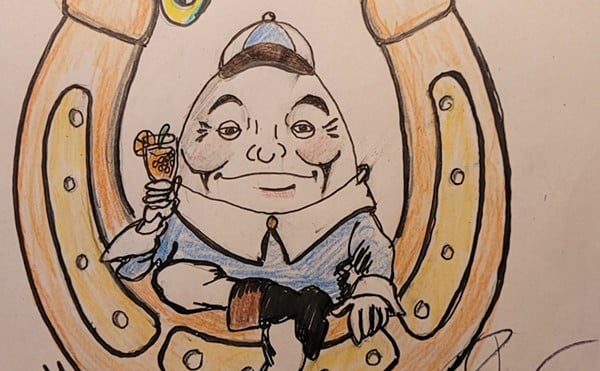For over 100 years, cannabis and music have been gleefully intertwined. From the early jazz days in the 1920s, to the punk, reggae and rock explosion of the ‘70s, musicians and artistic wordsmiths have often conferred with the leaf. If your time allows, please check these songs on Spotify or a streaming service somewhere.
Louis Armstrong, a stalwart of the jazz community, was a huge enthusiast of cannabis consumption. Legend has it that Armstrong went as far as having then-Vice-President Richard Nixon carry his bags through a New York airport; containing 3 pounds of cannabis, because the VP doesn’t have to go through customs.
One of Armstrong’s earliest songs from 1928, titled “Muggles” explores that connection of soothing, calming and chill cannabis use. “Muggles” is a slang term for cannabis, and Armstrong enjoyed being able to “stretch time.” The ability to stretch time, or take improvisational cues that might not be as readily available while not smoking “gage.”
“We always looked at pot as a sort of medicine,” said Armstrong. “A cheap drunk and with much better thoughts than one that’s full of liquor… We called ourselves ‘Vipers’, which could be anybody from all walks of life that smoked and respected ‘gage’; that was our cute little name for marijuana.”
As cannabis use became more popular among artists and communities outside of the jazz realm, it was the popularity of the early ‘60s surfing and surf rock that forever changed cannabis in America. Soon, through the emerging bands of the late ‘60s, cannabis use and musical writing, composition and songwriting have been forged together and are seemingly forever entwined. Sometimes, the person at the very beginning might not be a direct cannabis user, but their artistic creations are the building blocks for rock stars and musicians in the coming decades. The monsters of rock and roll had humble beginnings.
Meet Larry Collins. It’s 1958, Larry Collins is 13 years old and living in Tulsa, Oklahoma, being part of a duo with his sister Lorrie, known as The Collins Kids. The 1958 recording of “Whistle Bait” by some is considered the start of three genres of music: surf rock, punk rock and rockabilly. Collins mentor was the Eddie Van Halen of the day, Joe Maphis. So even at 13, Larry Collins was something special playing a Mosrite double neck guitar.
Dick Dale, a Lebanese-American from Boston was made famous to a new generation of surf rock fans with Quentin Tarantino’s 1994 film “Pulp Fiction.” Dale’s “Misirlou” was the soundtrack to the opening credits. Dale, aka Richard Monsour, gave rise to the rhythmic, brisk and heavy staccato style guitar playing in the early ‘60s. “That’s why I play now with that heavy staccato style like I’m playing drums,” he told the Miami New Times, in 2018.”
Flash forward almost a decade, and suddenly we are in Haight Ashbury, the Grateful Dead is growing its legion of followers, using cannabis, LSD and every other psychedelic compound available. Other San Francisco bands were pushing other boundaries. Bands like Jefferson Airplane, Country Joe and The Fish, Quicksilver Messenger Service and Blue Cheer. These bands were imbibing and exploring all the soundscapes available within different consumables, not all were into just cannabis. There are always the bands before the bands, so some notable other bands for those interested in a bit deeper dive should check out The Charlatans, Dan Hicks and His Hot Licks and Mojo.
To many Deadhead fans, the show played on May 8th, 1977 was the pinnacle Dead experience. This album is called Cornell 5/8/77 and can be found on Spotify.
The reason that many considered this recording as quintessential Dead, is that it ticks the boxes on a few items — quality of the recording, availability of reproductions and a widespread fanbase. The Grateful Dead had been recording ‘sonic journals’ by their soundman, LSD shaman and cook Owsley ‘Bear’ Stanley since as early as 1966, so the groundwork was laid over a decade prior. The Grateful Dead were known to never play the same show twice, which is why it became necessary to capture each performance.
Tapings of live performances sometimes came straight off the board — often time near perfect recordings for friends, family and posterity. “Betty Boards,” recordings made by trusted engineer Betty Cantor-Jackson, became the gold standard in live recordings. “One of the earliest “Betty Boards” that found widespread bootleg distribution among Deadheads was the 5/8/77 concert, which became a favorite as one of the best-sounding concert tapes among early traders and tapers,” wrote Tyler Golsen for Far Out magazine. “The easy accessibility of the 5/8/77 concert is probably the main [sic] why it has become so legendary.”
The ins-and-outs of cannabis consumption differ from person to person, can change over time and for the casual consumer, need to be stair-stepped into for the best experience. As always, cannabis use is a person-by-person experience, so not everyone’s experience is the same. Take your time, enjoy the ride. I would love to hear your thoughts on which artists you think go well with cannabis! Email me: [email protected]
Remember, we’re not telling you to use cannabis, but if you do, be informed.

